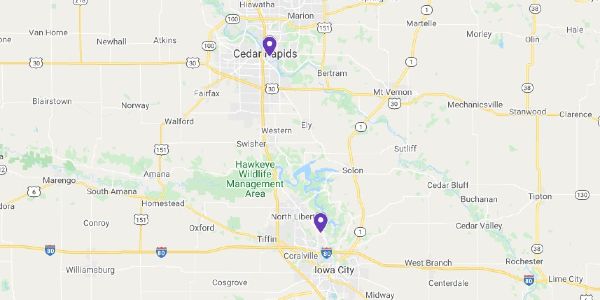Beginners Guide to Link Building in SEO
Links, or hyperlinks, are pieces of text that connect different web pages by clicking on a specific word or phrase, usually underlined, highlighted, or in a different color. They lead users from one webpage to another.
This article will discuss what link-building is, why it’s important in SEO, and how you can develop a link-building strategy for your website.
What is Link Building?
Link building is an SEO strategy that utilizes hyperlinks to help Google, and search engines like Google, better crawl different sites and understand their content.
Links also help users navigate between different websites and between different pages on the same site.
The main goal of a link-building strategy is to get other websites to link to your website. In other words, increasing the number of backlinks to your site.
Types of Links?
There are three classifications of links used when creating a link-building strategy. They are internal, external, and backlinks.
Internal linksare hyperlinks that connect pages on the same website (this is an example of an internal link). They cross-reference a website’s own content.
External linksare hyperlinks from your website that link to a different website domain.
Backlinks are hyperlinks from another domain that link back to your website.
For example, a blog about photography might include links to different cameras that are recommended. Readers can click on the link to be navigated to a different website that sells those cameras. This would be an example of an external link.
Additionally, the photography blog article might link to a different article on the same website that discusses a similar topic. This would be an example of an internal link.
Lastly, a different website might link to the photography blog article if they think the information discussed would be relevant to their users. This is an example of a backlink.
Good vs Bad Links
Google identifies link-building best practicesin their developer’s guide. They outline some key factors that make links more crawlable for Google.
Writing good anchor text is imperative to improving the success of a link-building strategy. Anchor text is the visible text of a link, that tells readers and Google the context of what is being linked to.
Effective anchor text is descriptive, succinct, and directly related to both the originating and destination pages. Links should also be spaced out enough to be distinct from each other.
The quality of your anchor text significantly influences how users navigate your site, and how Google interprets what your content is about.
Why are Links Important for SEO?
The main strategy for link building is increasing the number of backlinks to your site. Backlinks are one of Google’s most important factors when determining website rankings.
Gaining backlinks from highly reputable and relevant sources can boost the “authority” of a website. It tells Google that your webpage is pertinent and has useful information, which is beneficial for SEO.
Internal and external links are also important in improving a website’s crawlability and UX (User eXperience). Overall, enhancing your site structure with links allows for better navigation for users and search engines, and helps establish content hierarchy and relevancy.
Developing a Link Building Strategy
The best backlinks to earn are natural and organic links that occur when other websites find your content useful and relevant. The only way to obtain these links is to make good quality contentthat is easily digestible and appealing.
Another strategy for increasing the number of backlinks to your site is outreach. You can use different online tools to find potential prospects, or you can search for keywords you are ranking for/want to be ranking for on Google and contact those pages.
To establish an internal linking strategy, you must first determine what anchor pages on your website are most important and useful to your audience, and what pages generate the most leads. Those will be your anchor pages. From there, determine some general content pillars that align with those pages, and create content around those pillars. In each piece of content you create, link back to your anchor page, as well as all the other content pages in the pillar.
For example, as a blog that discusses digital marketing strategies and tactics, a few of our content pillars include SEO, web design, advertising, and Google updates. We create content around those topics and internally link to other relevant blogs we have created that align with the subject of the blog.
Lastly, to improve your outbound linking strategy, remember that quality, relevant, and reputable links are the most important factors when including an external link.
Contact Us!
If you are looking to take your SEO to the next level with an improved link-building strategy, give Vortex Digital a call at 319.621.0191 for a free, no-obligation, consultation today!







